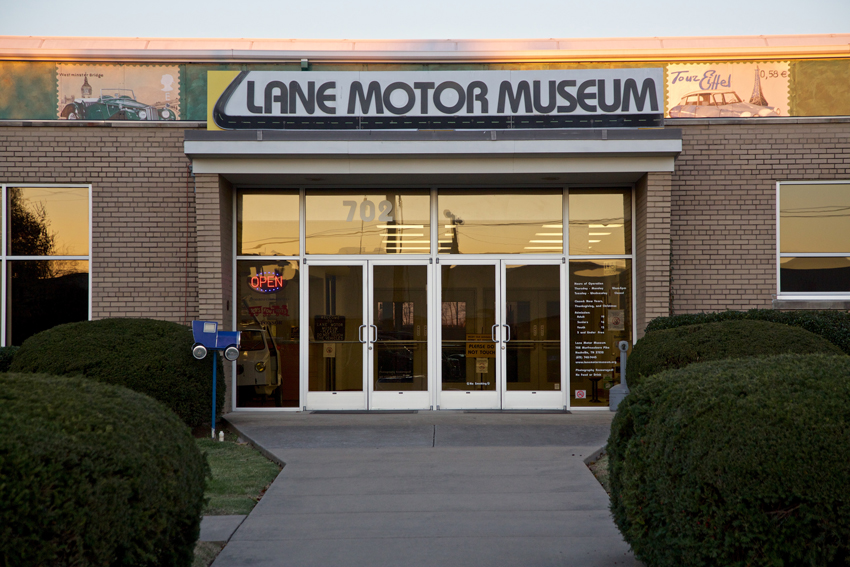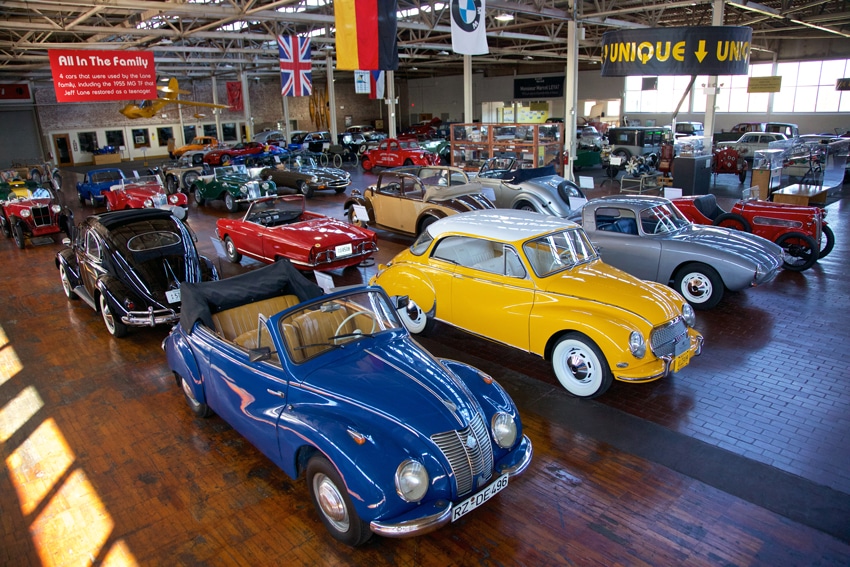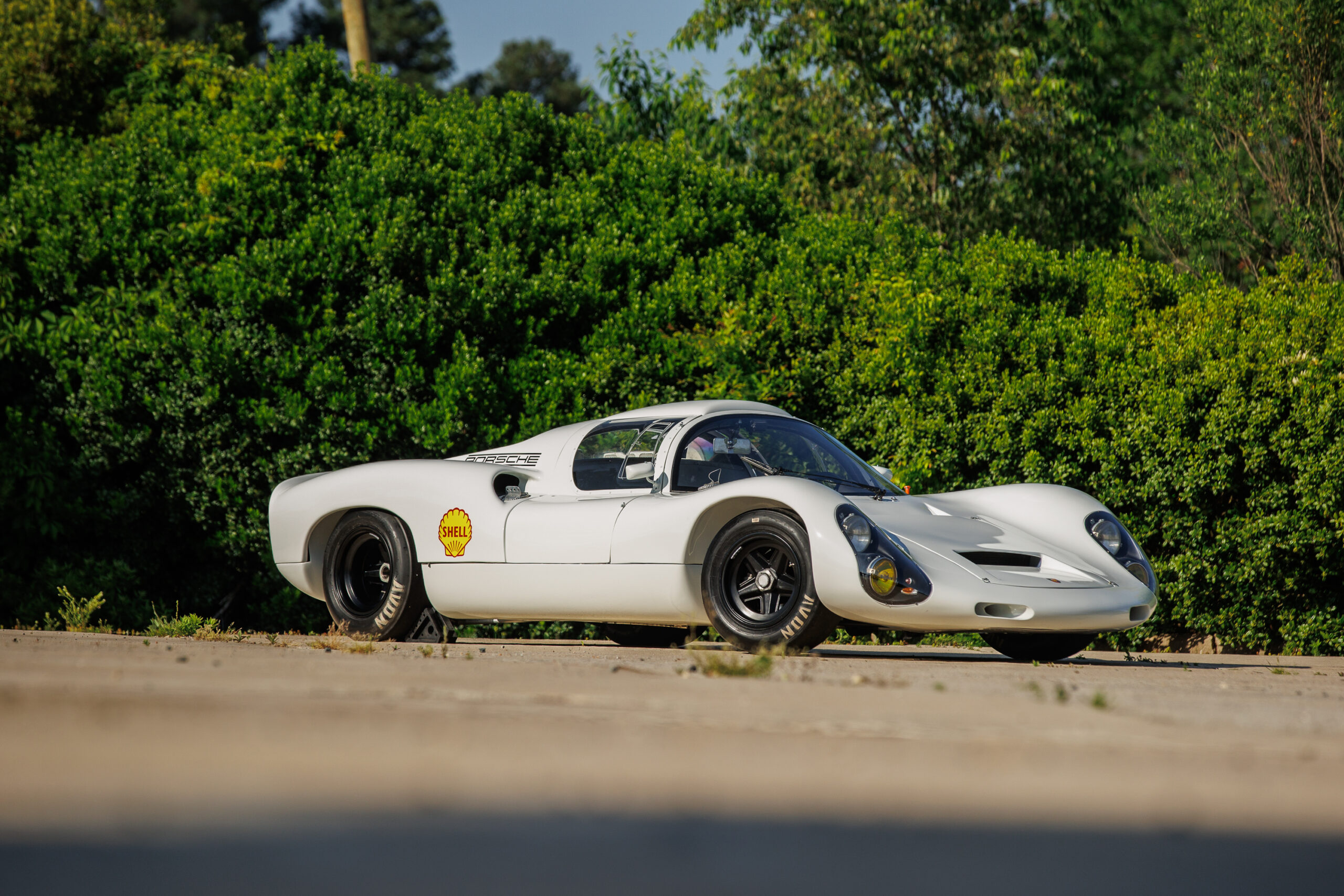Head in any direction inside the Lane Motor Museum and explore the largest collection of mostly European automobiles in America. The building’s double doors open onto a small lobby where you purchase your pass or browse the gift shop. Going through the next set of doors is breathtaking – the museum equivalent of entering the Daytona International Speedway for the first time. The main gallery inhabits a large, airy space.
Because the museum is so diverse in its offerings, experience it on many different levels. Pick a specific nationality, marque, or mode of transport and begin your tour: French, British, Czech, American, Japanese; Adler to Zündapp; streamlined, propeller-powered, 3-wheeled, or micro-and that just begins to define the range.
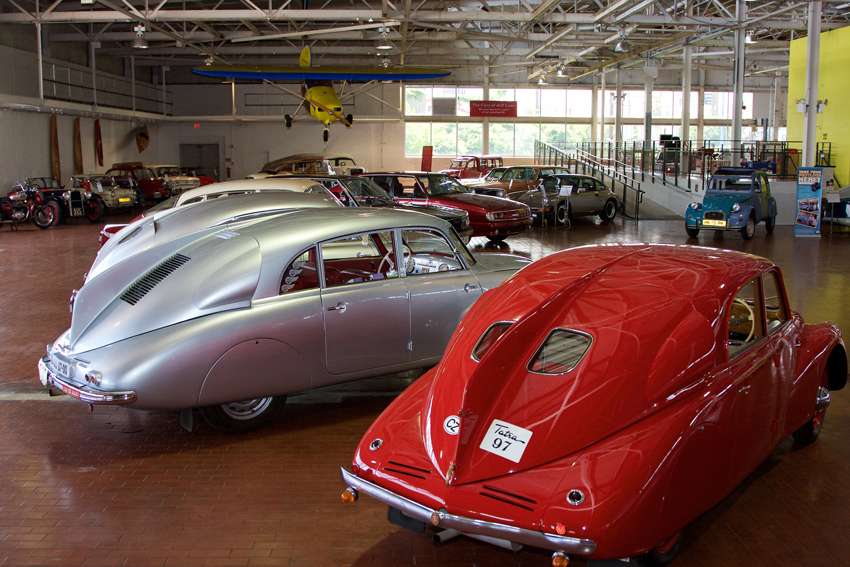
French cars are the flavor of the day (at least through May 21, 2016) and directly in front of you 30 of the museum’s more than 100 examples make up “Les Autos Françaises – 60 Years of French Automotive History.” There’s a beautiful Citroën ID 19 (sister to the DS), various 2CVs, a coal-burning 1938 Citroën Berline 11 Gazogene, and a lovely mid-engined 1965 Matra D’Jet 5.
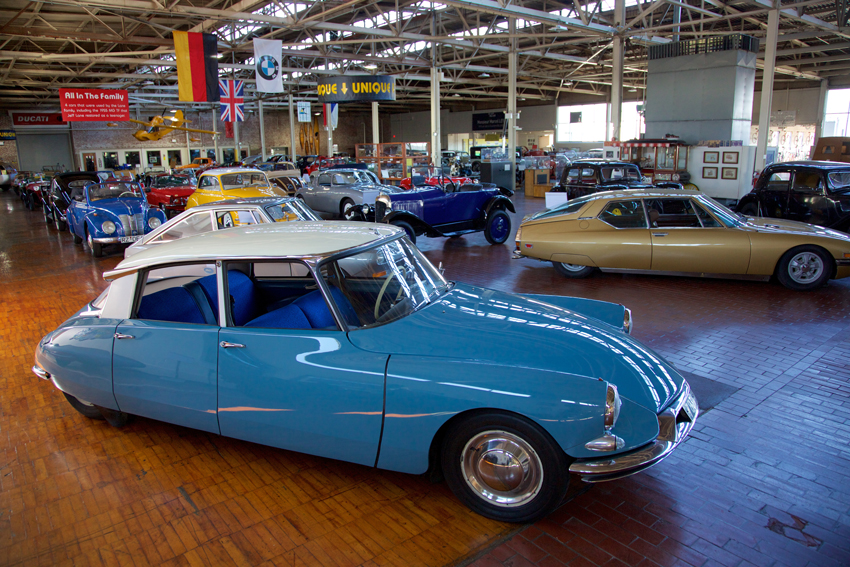
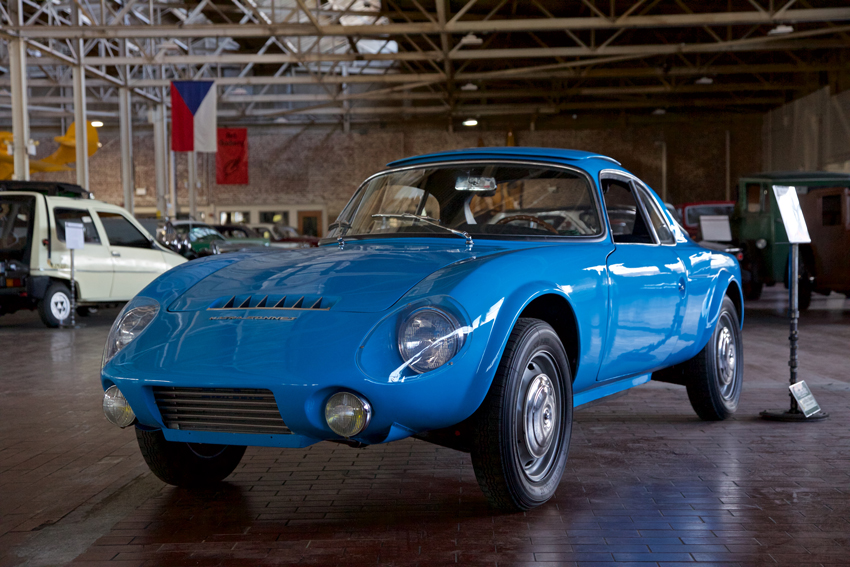

Beyond the French exhibit there are vehicles from all over the European map and Japan, and on any given day about 150 are arrayed across the 40,000 square foot building. A 1956 IFA F9 from East Germany and its West German equivalent, a 1958 DKW introduce a small group of uncommon German cars. A 1929 BMW Ihle 600, 1935 Mercedes-Benz 130H (rear-engined), and a lovely 1959 DKW Monza-one of fewer than 50 extant-are close by.
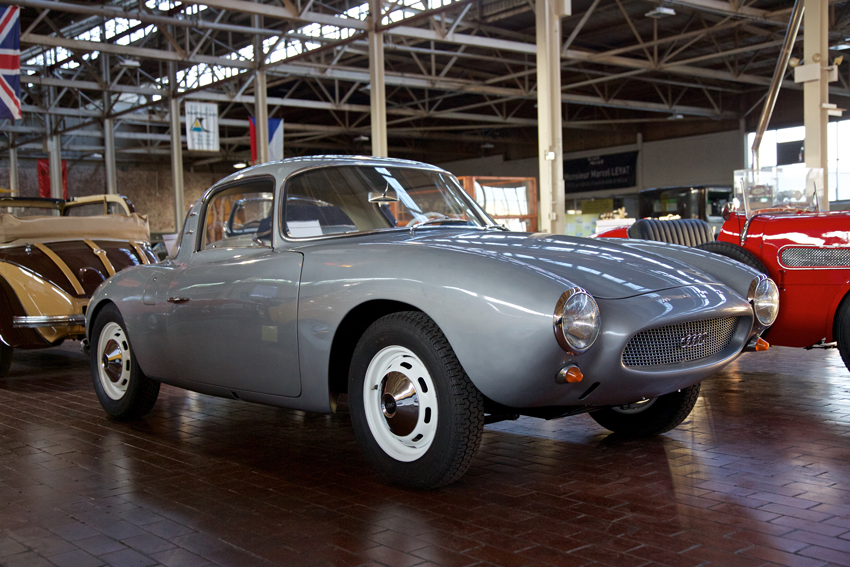
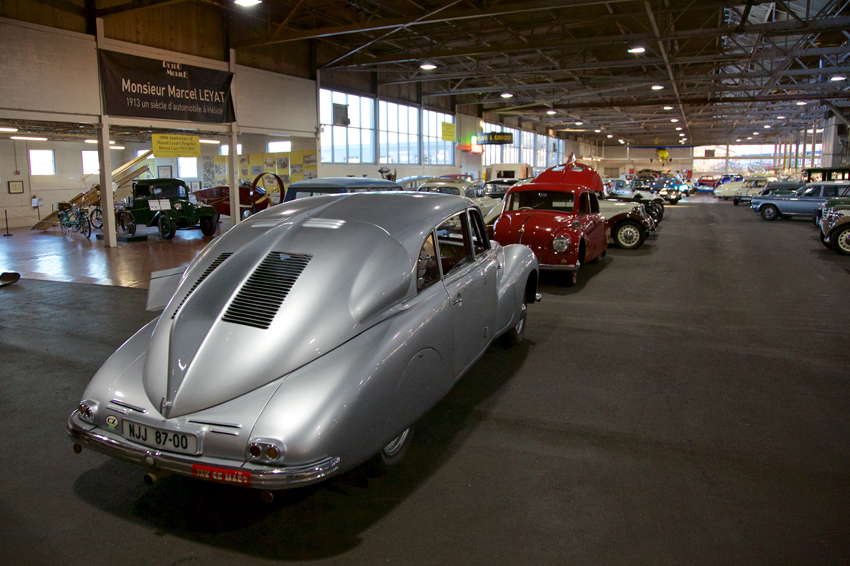
The Lane Museum is known for its collection of Tatras – 23 and counting, which is the largest outside of the Czech Republic. There are eight on display in the far corner beneath the Czech flag on the day of this visit. Tatras, the brainchild of Hans Ledwinka, share many common design elements with cars of his contemporary, Ferdinand Porsche, including air-cooled rear-engines, monocoque construction, and an emphasis on aerodynamics. Historians still argue over who borrowed what from whom.
Museum founder and director Jeff Lane acquired his first two Tatras, a 1958 T-603 and 1947 T-87, in the late 90s. The streamlined T-87 has the rarity and elegant design that Lane favors, and the genesis of the museum goes back to those days when people saw him driving it around Nashville. “I’d park it in front of my house and people would be knocking on the door while we were eating dinner asking, ‘What is that car?’”
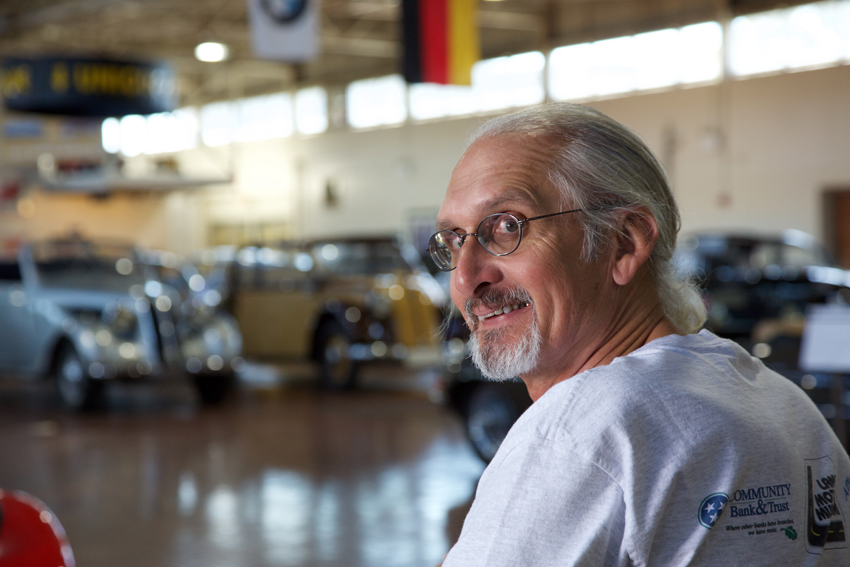
Lane had been acquiring unusual automobiles for years and he was well known in enthusiast circles. “You’d go to a car show and be sitting around dinner talking and one of the common questions people would ask each other was how many cars do you have? I’d say, ‘I don’t know—30 or 40.’ At some point I realized I had 75! But if you told people you had 75 cars they wouldn’t believe you. They’d say, ‘Nah!’ Sometimes I’d take people on tours to see them,” he says. “The problem was, they were in four or five different garages. If someone wanted to see everything it would take all day.”
Jeff Lane is a driving enthusiast first and foremost and it says a lot about his eponymous museum that its first employee was a mechanic. “Actually, I hired Greg Coston before we started the museum-before we thought about starting it,” says Lane. “I hired him to keep my cars running. I could keep a few of them going but I really needed someone full-time.” Coston had been twisting wrenches for just a few months when Lane fixed on the idea of a museum.
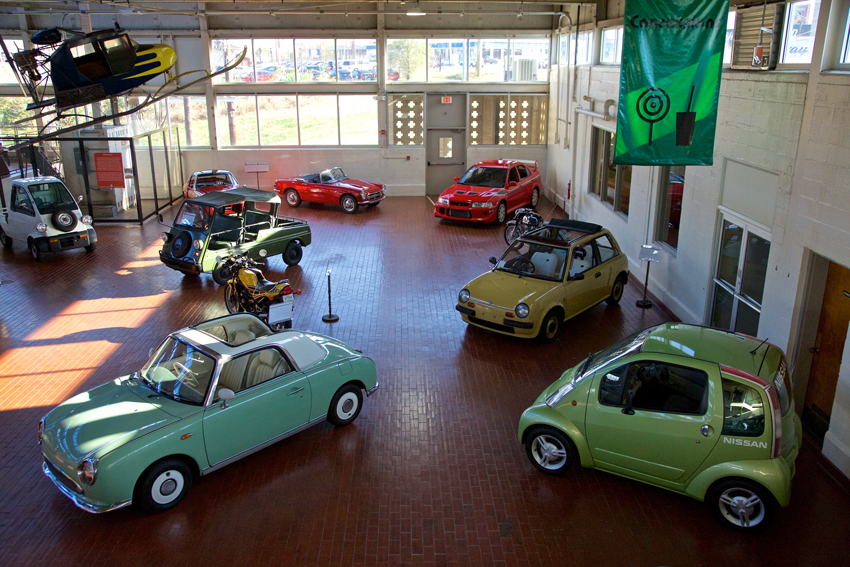
Forming a non-profit was the first step in creating a museum. Then came the difficult task of finding a suitable location. Fairly early on, they looked at a 140,000 square foot former bakery, built in 1951. “We wanted about 40,000,” Lane remembers. “So when we saw this building our first thought was it was way too big! We spent a few months looking at other buildings and everything else was terrible,” he says. “Just warehouses. No windows. No character.”
American Bread was still using the bakery’s parking garage and a couple of offices. When the owners turned down an offer to split up the property, Lane went out looking some more. He soon was back at the bargaining table and they signed papers in July of 2002. “We decided to take the plunge,” he explains. “Dollar-wise it was more than we wanted and we knew the renovation was going to be substantial. Still, after looking around, we realized this was our best choice.”
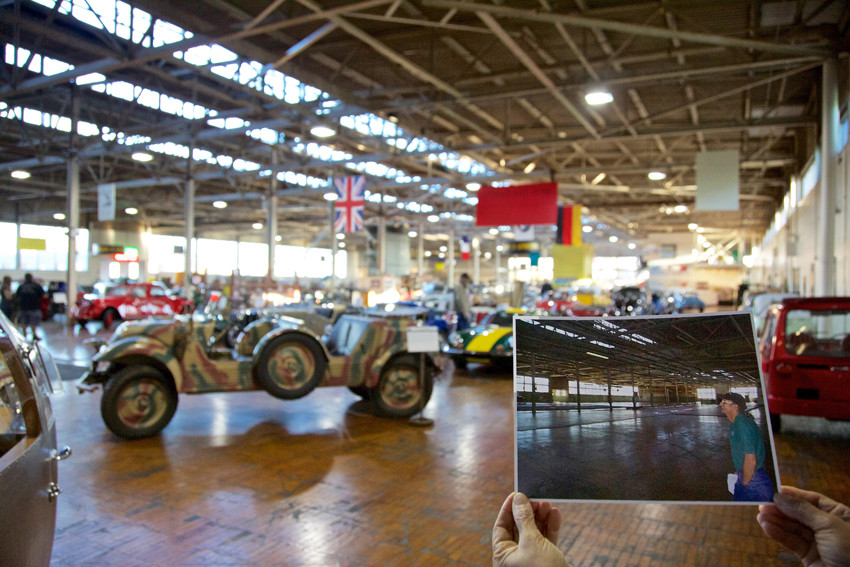
Meanwhile, he had recruited David Yando, the Director of Maintenance at Nashville’s prestigious Cheekwood Botanical Gardens, to come on board as museum manager. It was none too soon as the new structure needed a lot of attention. “It was bad,” recalls Yando. “The building had only been used for storage and truck maintenance for about nine years, and it had slowly started falling in on itself. The roof was in terrible condition and window panes were loose and falling out on an almost daily basis,” he says. “At times we’d have over 25 buckets catching rainwater inside.”
Jeff Lane recalls, “We spent four or five months working with an architect and getting bids. When they came out with a price we had a heart attack. There were a lot of things we had to trim down from our initial dream list.”

If Lane is the visionary, Yando is the pragmatist and, over the next year, Yando put plans into action. “The old industrial steel windows were swapped out for Low-E, double-pane, reflective, insulated panels that emulated the feel of the old, but were of course more efficient and weather-tight,” he says. They saved what they could of the original maple and firebrick floor and laid down asphalt in the areas that couldn’t be restored.
The Lane Motor Museum opened to the public in October of 2003 with 75 of its (then) 100-vehicle collection displayed across the spacious floor. Fall is a clement time of year in the Mid-South but winters can be frigid and summers hot and humid. “The first winter we found that the steam boiler system was woefully inadequate and horrendously expensive to operate!” says Yando. “The following summer saw us opening every window that we could, and still interior temps exceeded 95 degrees on a regular basis,” he says, adding, “We found ourselves issuing refunds to visitors.” After that a new HVAC system was prioritized so visitors and staff could focus on the cars. “We spent five years getting everything like we wanted it,” Jeff Lane recalls.

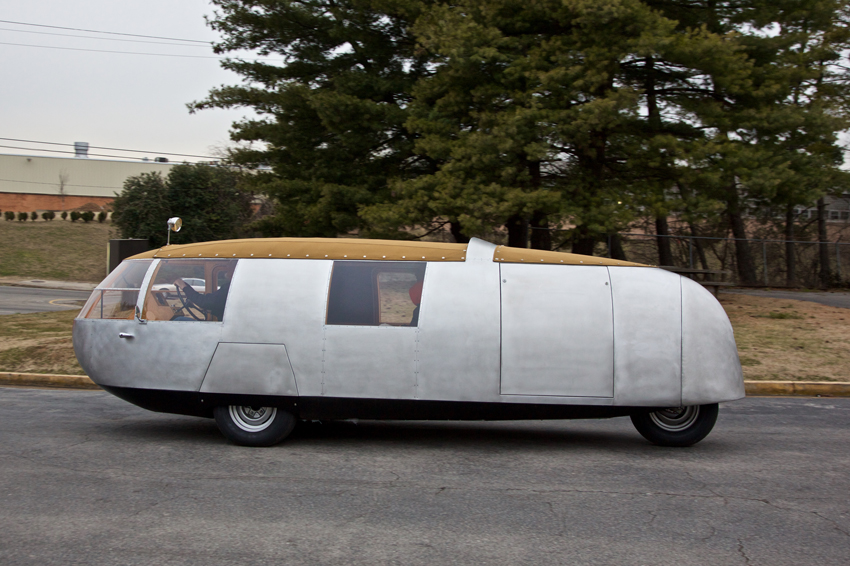
The acquisition and renovation of the museum’s distinctive building is a metaphor for the vehicles that comprise its rolling stock. Today, the museum is full of unusual vehicles, nearly all of which need attention when they roll into its 6,500 square foot restoration shop. Lane’s original collection of 100 vehicles has grown to more than 450 and the once seemingly cavernous structure, including 56,000 square foot basement storage, is bursting at the seams.
Lane estimates that 80% of the museum’s vehicles are in running condition. “My goal is 100% for sure,” he says. Museum staff members often take vehicles home overnight, and in summer months Lane drives some pretty unusual cars hundreds of miles to various Concours d’Elegance events.

Each fall the museum hosts a fund-raising “Rally for the Lane” when people purchase the keys to a museum car to tour the Tennessee countryside for a day. “Part of the history and part of the education is being able to drive the cars,” Lane explains. “That’s what they were made for.”
Near the center of the big room from the corner where the Tatras live, there is a propeller-driven 1919 Leyat Helico and a 1907 Leyat flight trainer replica. Next comes a windowed hallway with 30 bicycles—both racing and vintage, and 20 of the museum’s more than 70 motorcycles, ranging from old and rare to new and unusual, such as a 1998 McLean Monowheel.
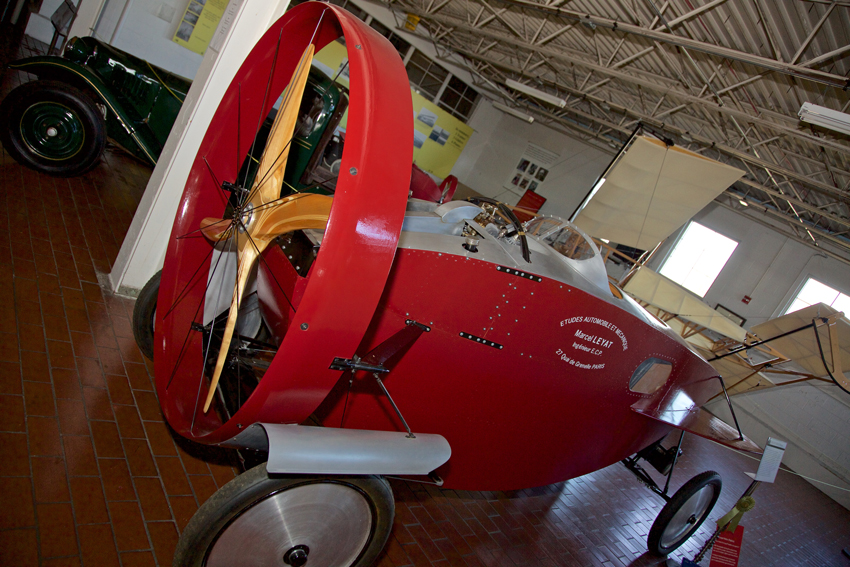
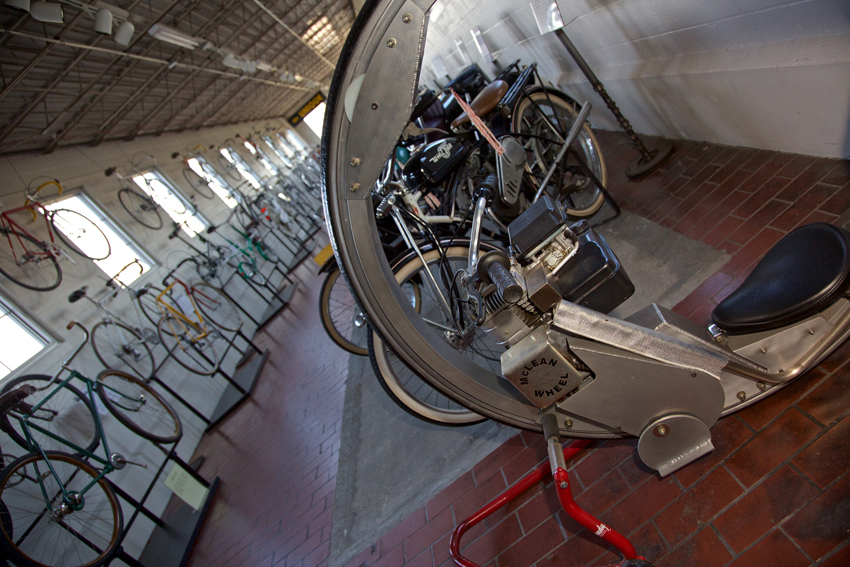
Three American one-offs are further along: Martins from 1928 and 1950, and the 1946 Hewson Rocket. Next is a fun zone where all cars are micro and the 1958 BMW Isetta 300 is mid-size. It’s hard to imagine these tiny cars used on a daily basis, but well-researched plaques alongside each vehicle speak to times and places when it made sense.
A new exhibit exploring Italian ‘People’s Cars’ opens in Spring 2016. Just know that whatever you come to see at the Lane Motor Museum, you will exit through its double doors having seen much more than you ever could have imagined. From the sublime to the absurd-the Lane Museum has it all.
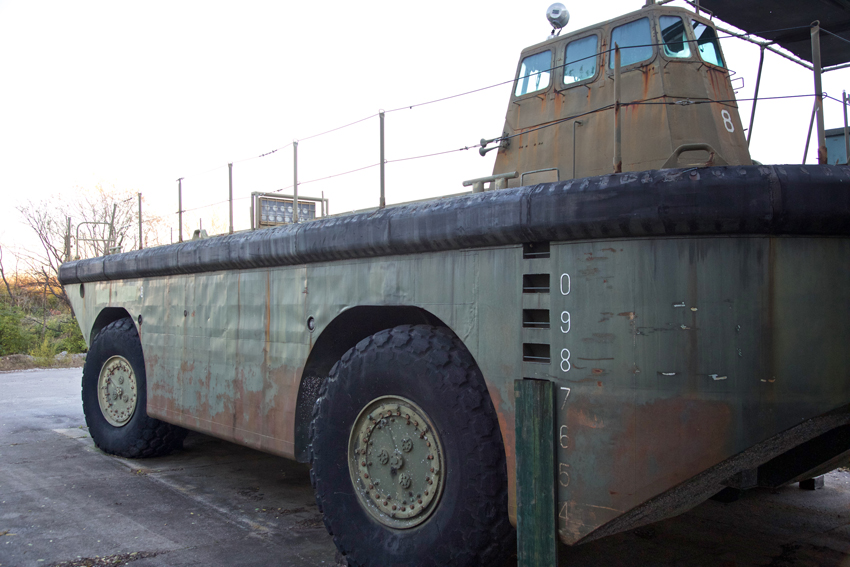
*The Lane Museum is located three miles south of downtown Nashville at 702 Murfreesboro Pike. Open year-round Wed – Mon 10AM-5PM. Closed New Years Day, Thanksgiving, and Christmas. Admission: $12 adults; $8 seniors (65+); $3 youth (6-17); age 5 & under are free. Phone 615-742-7445. Visit LaneMotorMuseum.org
